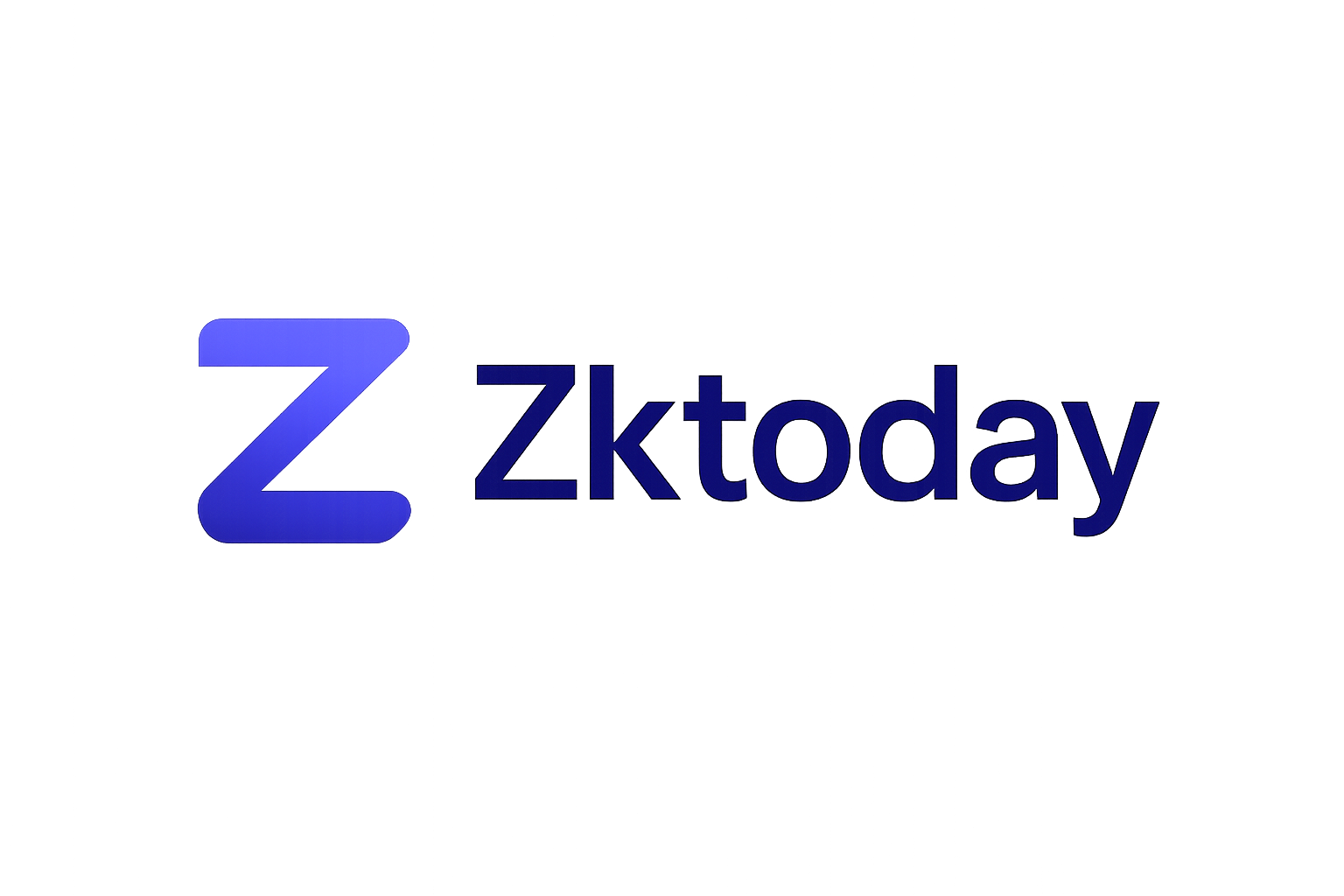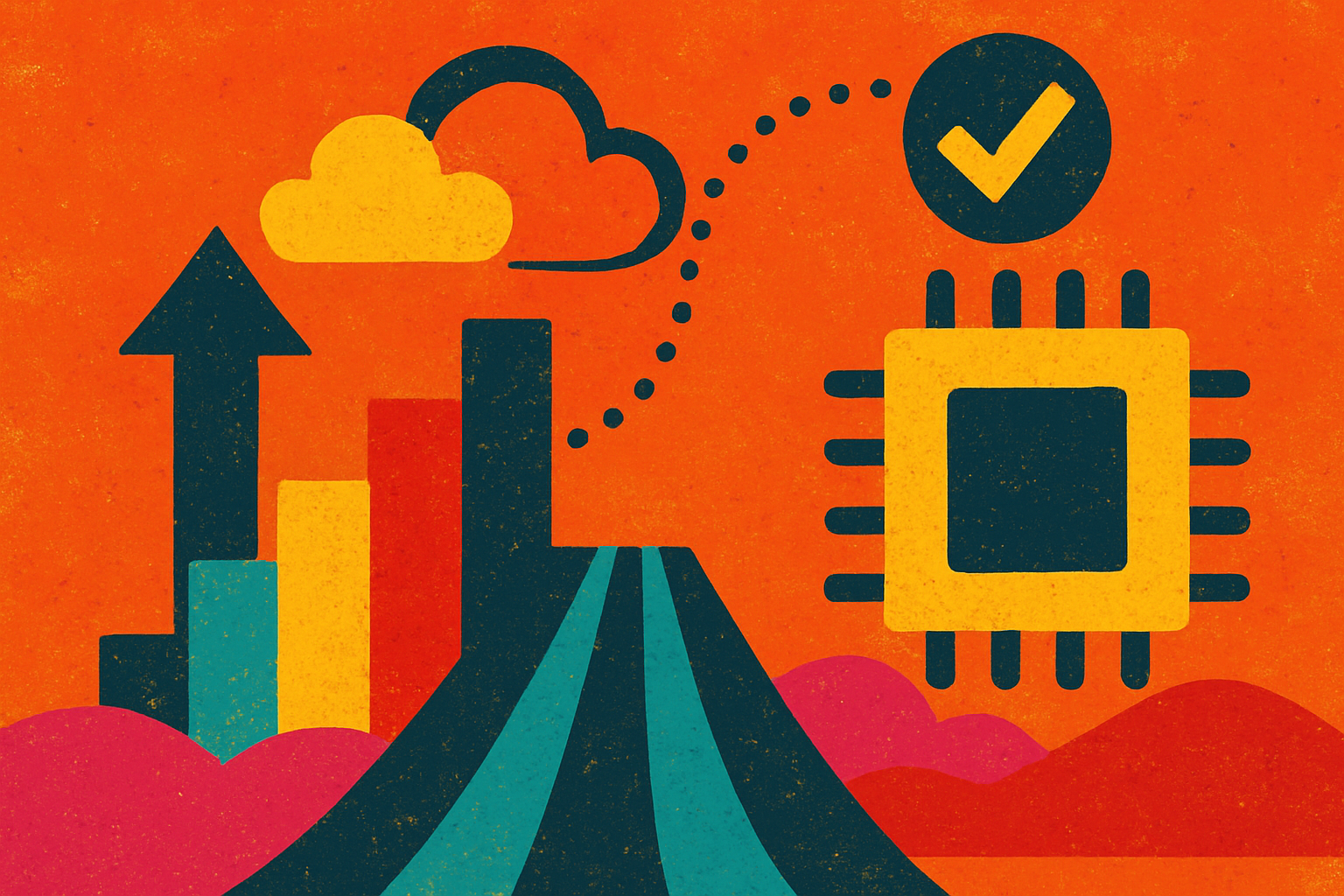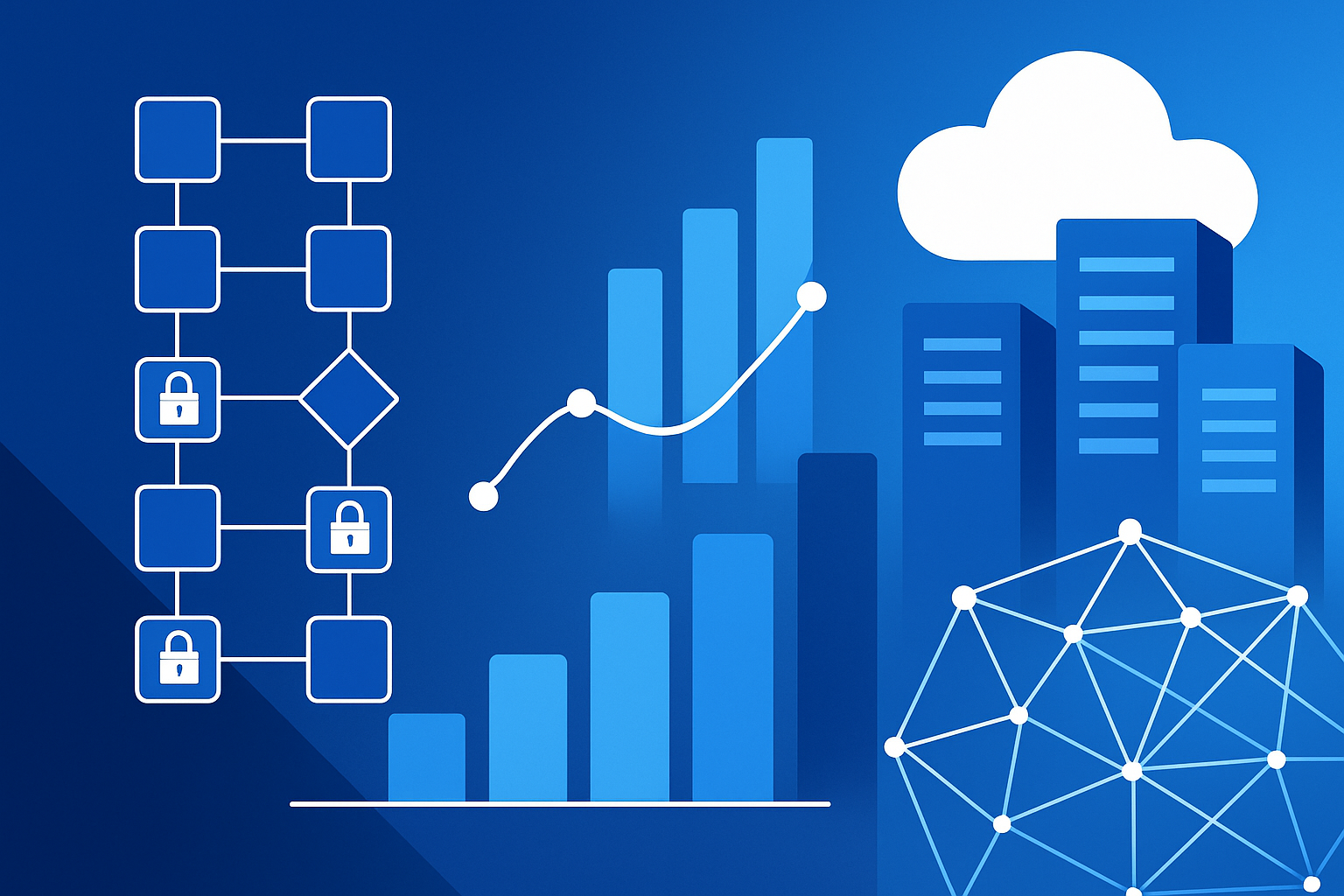
In 2025, zk-rollups have truly come of age, reshaping the blockchain landscape with their promise of near-instant finality and ultra-low transaction fees. For both developers and users, these advances are more than just technical milestones, they’re the foundation for scalable, accessible, and secure decentralized applications. But what exactly enables zk-rollups to deliver on these bold promises? Let’s break down the mechanisms behind this transformative technology and explore why it’s at the center of blockchain scalability discussions today.

The Mechanics: How ZK-Rollups Achieve Speed and Efficiency
ZK-rollups, or zero-knowledge rollups, aggregate hundreds or even thousands of off-chain transactions into a single batch. Instead of submitting every transaction to the main blockchain (Layer 1), they generate a succinct cryptographic proof, known as a zero-knowledge proof or validity proof, that attests to the correctness of all transactions in that batch. This proof is then published on-chain for verification.
The result? The Layer 1 chain only needs to verify the validity proof rather than every individual transaction. This drastically reduces computational load and network congestion. As highlighted by top projects like zkSync, Linea, Scroll, and Polygon zkEVM in 2025, this approach unlocks massive throughput improvements while preserving security, a critical aspect for any scaling solution.
Near-Instant Finality: Why It Matters
One of the most celebrated achievements of zk-rollup technology is its ability to provide near-instant finality. On traditional blockchains, users often wait minutes (or longer) for multiple confirmations before considering a transaction final. Optimistic rollups further add a challenge period, sometimes up to seven days, before funds can be withdrawn securely.
ZK-rollups eliminate this waiting game. Once the validity proof is posted and accepted on-chain, all included transactions are instantly finalized. This innovation is especially impactful for sectors like DeFi trading, NFT minting, and blockchain gaming, where speed directly translates into better user experiences and new business models.
Ultra-Low Fees Through Aggregation
The other headline feature of modern zk-rollups is their ability to deliver ultra-low fees. By batching thousands of transactions into a single proof, gas costs are amortized across all users in that batch. Instead of each person paying full Layer 1 gas fees, as with standard Ethereum transfers, users pay only a tiny fraction per transaction.
This fee compression has made high-frequency trading, microtransactions in gaming, and on-chain social platforms economically viable at scale. According to recent data from key industry sources in late 2025, average transaction costs on top zk-rollup platforms have dropped to near-zero levels compared to legacy L1 fees.
- Example: Sending tokens via zkSync or Loopring now costs less than $0.01 per transfer, a game-changer for global adoption.
- Contrast: Standard Ethereum mainnet transfers still range from $0.50 up to several dollars during periods of congestion.
ZK-Rollup Performance Benchmarks in 2025
The performance leap enabled by zk scaling solutions is nothing short of remarkable:
- Transaction throughput: Leading networks regularly process thousands, even tens of thousands, of transactions per second (TPS).
- Finality time: Confirmations occur within seconds after each batch submission.
- User experience: Withdrawals are processed almost instantly without long delays or challenge windows typical with optimistic rollups.
- Total cost: The average end-user fee is now measured in fractions of a cent, not dollars, making blockchain interactions accessible worldwide.
If you’re curious about how these technical leaps are achieved under the hood, including innovations like recursive proofs and data compression, you can dive deeper into our dedicated analysis here: How ZK-Rollups Achieve Cost Efficiency: Batching, Compression and L1 Data Optimization.
Security, Decentralization, and User Sovereignty
Beyond speed and cost, zk-rollups are winning developer trust for their robust security model. By leveraging the underlying Layer 1 blockchain for data availability and settlement, zk-rollups inherit the full security guarantees of Ethereum or whichever base chain they anchor to. The validity proofs ensure that only legitimate transactions can be finalized, no single actor can submit invalid state transitions without being caught by on-chain verification.
This design is a major step forward in preserving decentralization. Users always retain the ability to independently verify proofs and recover their assets directly from Layer 1 in case of operator failure or censorship. This trust-minimized architecture is why zk-rollups are increasingly chosen for mission-critical DeFi platforms and large-scale payment networks.
Top 5 zk-Rollup Projects Leading Scalability in 2025
-

zkSync: Developed by Matter Labs, zkSync is a leading Ethereum Layer 2 solution using cutting-edge zero-knowledge proofs to deliver near-instant finality and ultra-low fees. Its robust ecosystem supports DeFi, NFTs, and payments, making it a top choice for scalable blockchain applications.
-
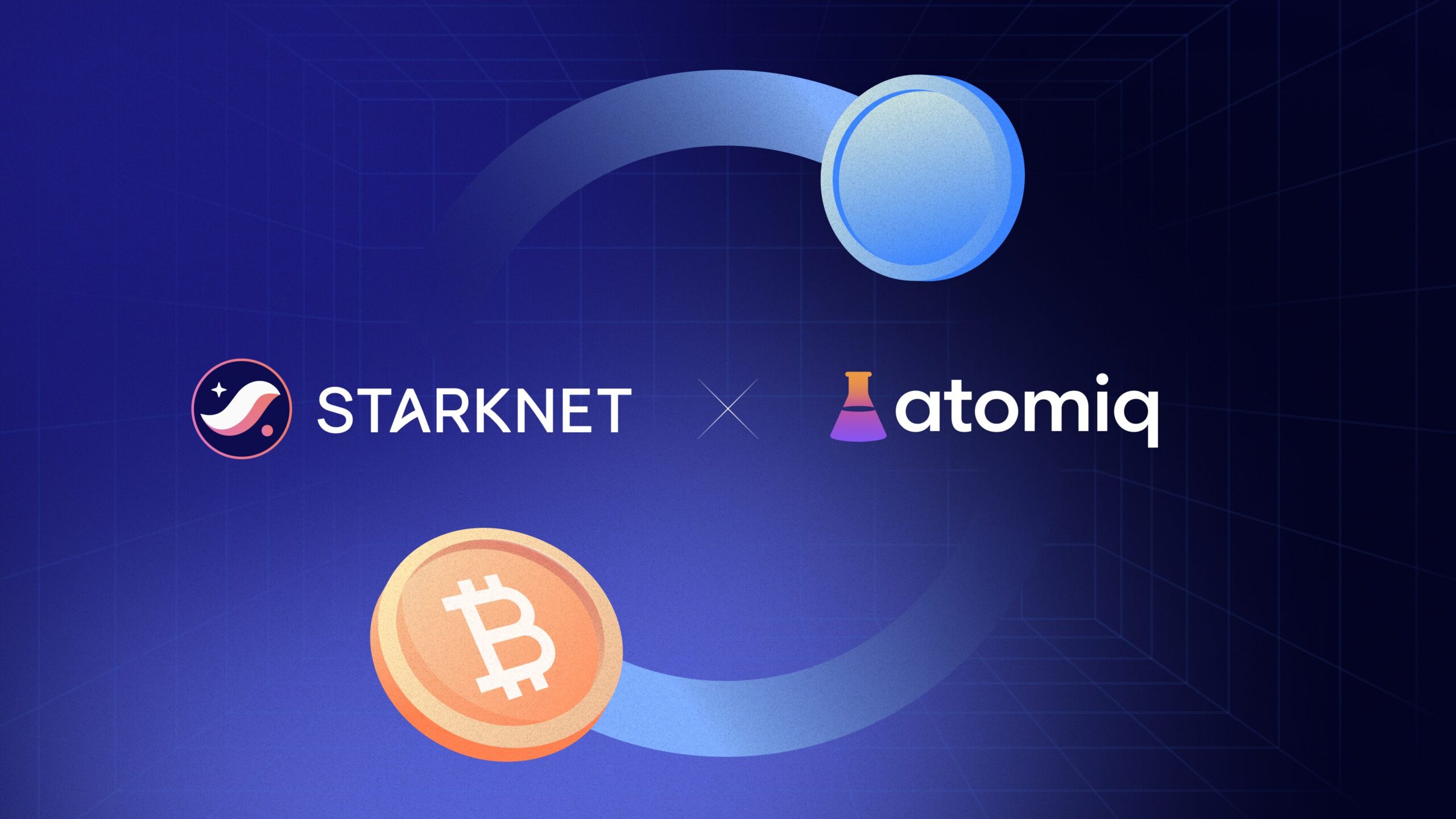
Starknet: Built by StarkWare, Starknet leverages STARK-based zk-rollups to enable high throughput and secure smart contract execution on Ethereum. Its open-source approach and developer-friendly tools have made it a hub for innovative dApps in 2025.
-

Polygon zkEVM: Polygon zkEVM brings Ethereum Virtual Machine compatibility to zk-rollups, allowing developers to seamlessly migrate existing Ethereum dApps. Its focus on scalability and low fees has driven major adoption across DeFi and gaming sectors.
-
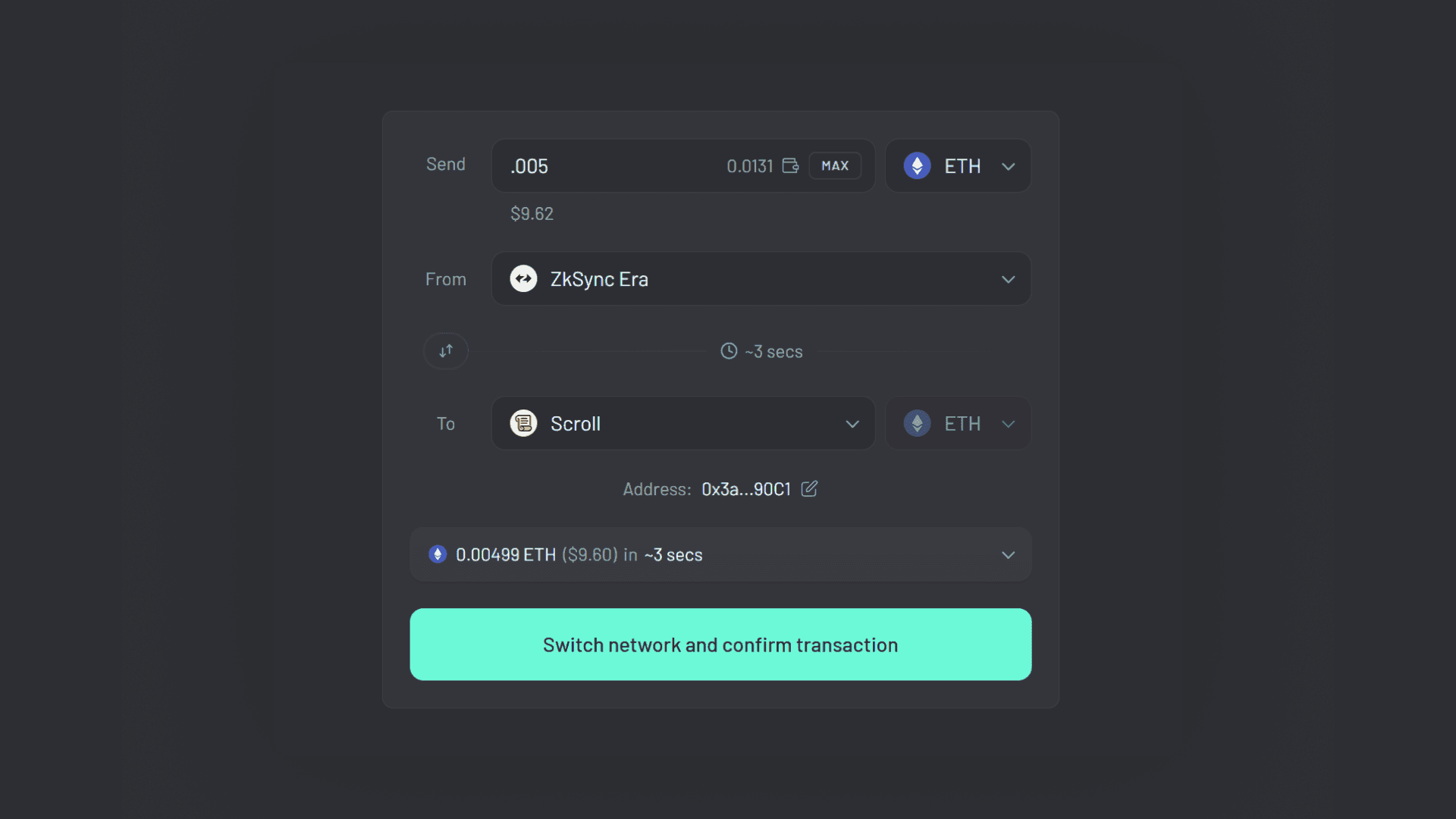
Scroll: Scroll is a zk-rollup project designed for native Ethereum compatibility, prioritizing security and decentralization. In 2025, it stands out for its transparent governance and strong developer community.
-
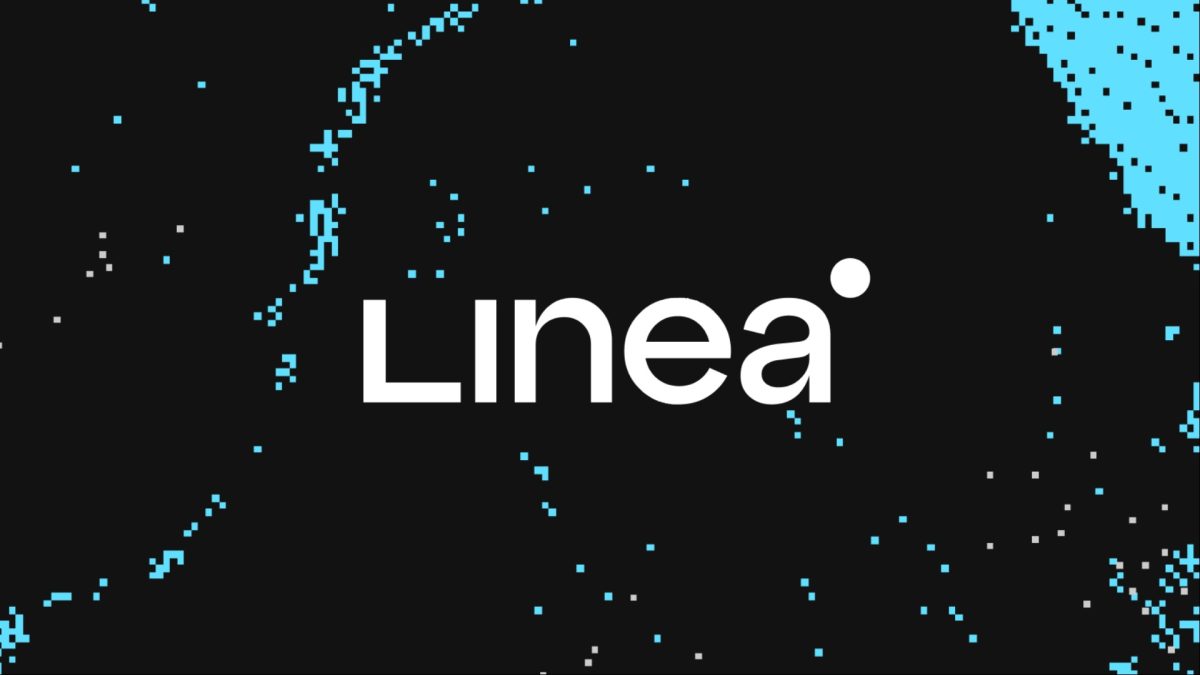
Linea: Developed by ConsenSys, Linea utilizes advanced zk-rollup technology to offer fast, cost-effective transactions while maintaining Ethereum-level security. Its integration with major wallets and dApps has fueled rapid ecosystem growth.
Challenges Ahead: Computation, Complexity, and Ecosystem Growth
No breakthrough comes without trade-offs. One of the main hurdles facing zk-rollup adoption has been the computational intensity of generating zero-knowledge proofs. While verification on-chain is fast and cheap, proof generation off-chain requires advanced hardware and optimized algorithms, though this barrier is steadily shrinking thanks to open-source tooling and specialized prover hardware emerging in 2025.
The complexity of integrating smart contracts with zk environments also means that developer education and new programming paradigms are essential. Projects like Scroll, Polygon zkEVM, and Starknet are investing heavily in developer-friendly SDKs and documentation to accelerate ecosystem growth.
Hybrid rollup models are gaining traction as well. By blending optimistic rollup flexibility with zk-proof security, these solutions aim to offer the best of both worlds, expanding the design space for decentralized applications even further. For a deeper dive into how data availability impacts zk scalability, and what risks remain, see our feature: How Data Availability Powers ZK-Rollup Scalability in 2025: Key Mechanisms and Risks.
The Road Ahead: What’s Next for ZK-Rollups?
The rapid evolution of zero-knowledge rollups is accelerating blockchain’s journey from experimental tech to mainstream infrastructure. In 2025, we’re seeing L3 app chains built atop L2 zk-rollups, modular data availability layers plugging into rollup ecosystems, and cross-chain bridges secured by recursive proofs, all pointing toward a highly scalable, composable future.
For users? Expect even faster settlement times, broader asset support (including NFTs and real-world assets), and seamless interoperability between chains, all at ultra-low fees. For developers? The toolkit for building privacy-preserving dApps has never been richer or more accessible.
If you’re exploring which L2 blockchain solutions are right for your project or investment strategy, or just want to keep up with the latest on zk scaling solutions, be sure to check our ongoing coverage at ZkToday. com. The pace of innovation isn’t slowing down; neither should your learning curve.
